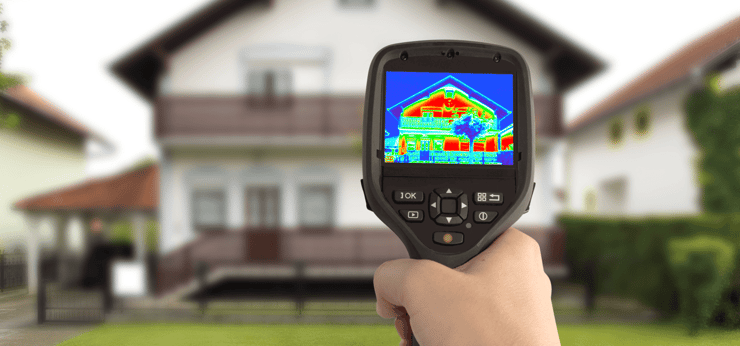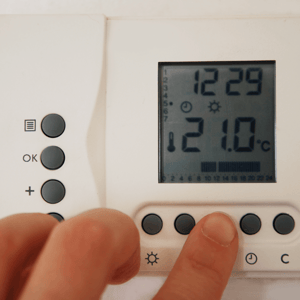 The energy usage by Canadian houses has been significantly reduced during the past decade. As a result of shrewd developments in construction products and technologies, contemporary first-time homeowners will only consume 50% of the energy necessary for a comparable property built in the early '50s, while simultaneously realizing a much comfier living space. With the wealth of modern energy efficient features available in new homes, there's ample opportunity to enhance the operational energy and comfort levels in your residence.
The energy usage by Canadian houses has been significantly reduced during the past decade. As a result of shrewd developments in construction products and technologies, contemporary first-time homeowners will only consume 50% of the energy necessary for a comparable property built in the early '50s, while simultaneously realizing a much comfier living space. With the wealth of modern energy efficient features available in new homes, there's ample opportunity to enhance the operational energy and comfort levels in your residence.
Check with your building contractor to obtain facts and guidance, starting with the company's spec sheet of building supplies and materials. Determine what type of insulation your home will have, and how much insulation you may need to add to areas in the attic, outer walls, or the whole house.
How much will these features cost, and how will they affect your home's construction? A good building company should be able to clarify these concerns so that you can make wise design choices that match your spending budget and future plans.
Listed below are five features you should think about including in your new home as part of a comprehensive energy-efficient package.
1. Window Options
These days, double-coated windows are extremely common in newly-built homes, and there's a variety of more advanced energy-efficient window options available. Popular enhancements include using low emissivity glazes for coating, and inserting gas fillings and insulating spacers between two or more glass panes to keep them separated, which works to minimize heat transference from the hottest to the coolest window segments. This will also limit the amount of condensation that forms on the windows to keep your home cozy and protected.
Another fantastic option for saving energy includes installing triple-pane windows. NuVista Homes uses these windows because they have been found to provide as much as 50% more U-value than clear, two-pane glass windows. This improvement is due to the additional glass pane, the insulating gas that's injected into the space between them, and the low emissivity coating technology used for glazing.

2. Heating Units
The heating system consumes a great portion of your house's energy, ranging from about 40 - 60% based upon on the selected system. For that reason, you'll definitely want to think about installing an energy-efficient heating system to minimize your expenses.
Additionally, you can consult with your building contractor about different heating options, like multi-purpose furnaces that warm both the air and water, in-ground radiators, and temperature controlling thermostats.
3. Appliances
The energy that's used by key home appliances like ovens, dishwashers, freezers and washing machines can accumulate rapidly, so selecting high-efficiency units for your brand-new home can have a beneficial impact on your spending budget. When working with your builder to select the most energy-efficient appliances for your new home, check the equipment's yearly energy consumption rating on its EnerGuide® tag and compare the energy scores of different models.
4. LED Lighting
LED lights are extremely cost-effective lighting options that may significantly affect the future of home lighting in Canada and the entire world. Household LED lights that are favourably rated by ENERGY STAR use a minimum of 75% less power and last much longer than lights with incandescent bulbs.
LED systems with regulatory features like timers, dimmers, and photocell sensors help to conserve energy by automatically shutting off lights when they're not being used. Although LED lighting systems usually cost a little more than standard ones, they still reduce costs due to their long life spans and minimal energy usage. Just like other electronic technologies, the prices for these systems will continue to drop as more LED lights are used by builders and homeowners.
5. Recirculating Hot Water Pumps
Hot water recirculating pumps enable you to get heated water instantly no matter where you are in the house, and at the same time save on water, electricity, and other expenses. Demand hot water recirculating systems are the most energy-efficient.
As soon as the main unit is triggered, the pump begins to recirculate any cold water that remains in the hot water pipes and returns it into the water heater via the cold water pipes. Once the water is heated to its ideal temperature, the pump switches off. This procedure is comparable to switching on a hot water tap and allowing the water to run until it's hot, only the water is just recirculated back into the water heater rather than going down the sink or tub drain, which saves both water and energy.
Homes today are built in accordance with certain codes that ensure a particular degree of energy efficiency. Popular design trends may also require more efficient home features. Now that energy-efficient features are a popular new home trend, it's hard to deny the benefits that you can now enjoy by using a highly energy-efficient building company.





